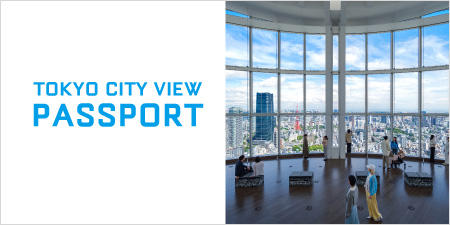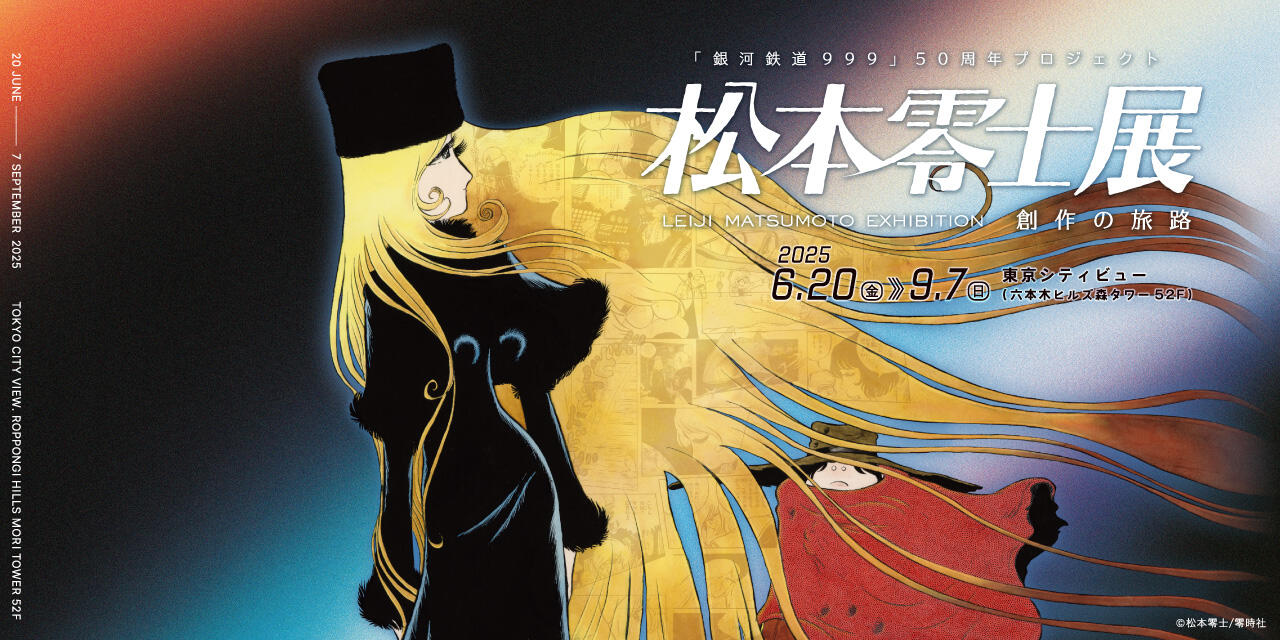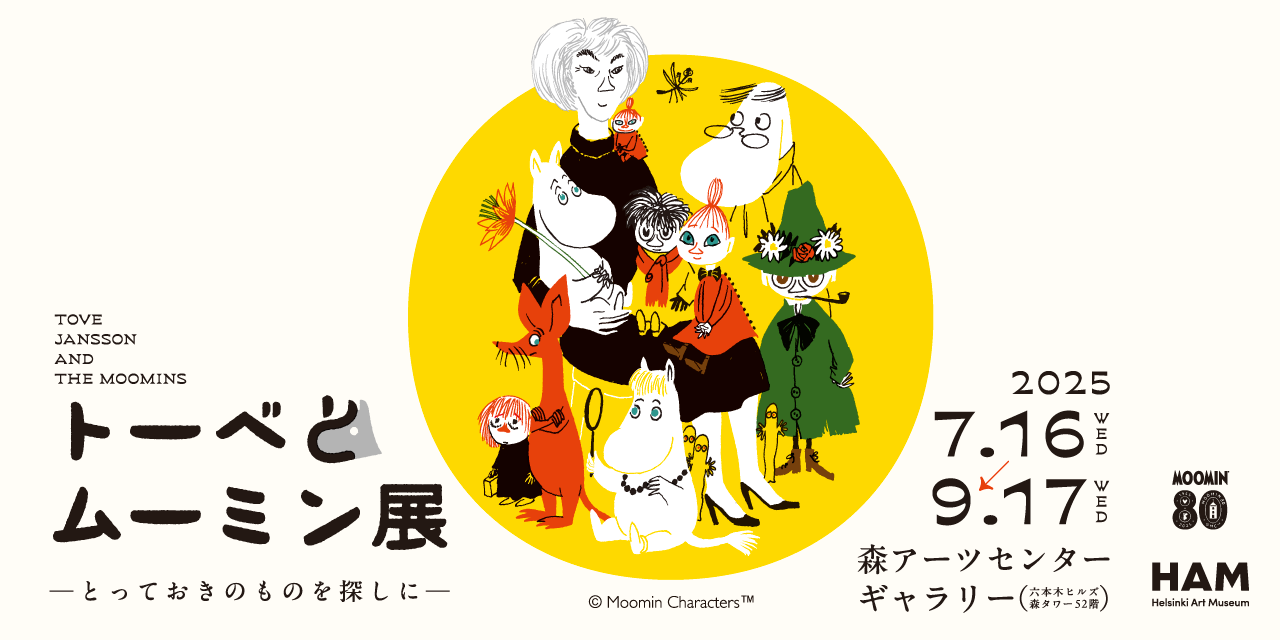The Lake Arches

2007
Video, silent
1 min. 39 sec.
Courtesy: Sprüth Magers, Berlin, London and Los Angeles; Gladstone Gallery, New York and Brussels
A young man in a bathing suit is standing at the water’s edge, talking to someone. Another man appears and they both dive into the water. However, the water is so shallow that they stand up instantly, and one of them, visibly in much pain, turns towards the camera, revealing his nose, which he hit against the bottom of the lake. In the background, we see Les Arcades du Lac, a housing complex designed by the architect Ricardo Bofill that is reminiscent of a classical temple and an artificial lake. Built in 1981 as a ville nouvelle by the French government on an artificial lake near the Palace of Versailles, Les Arcades du Lac was inspired by the Pont d’Avignon bridge and Château de Chenonceau in France, as well as the Old Town and Aqueduct of Segovia in Spain. Parallels can be seen between the failure of the young man’s playful, ill-judged jump into the lake without considering its depth, and this post-modern architecture, which was originally created with ambitious vision, but now looks like a ruin.
Ocean II Ocean

2019
High-definition video, sound
10 min. 56 sec.
Courtesy: Sprüth Magers, Berlin, London and Los Angeles; Gladstone Gallery, New York and Brussels
Depicting a cyclical pattern involving remnants of ancient creatures that came into being in the sea through evolution, urbanization that has progressed in the short period of time known as the Anthropocene by humans, who came into being through the same long process of evolution, and human artefacts that were created in the course of this urbanization being returned to the sea in order to resolve environmental problems, this video urges us to consider this circular relationship, as implied by the title Ocean II Ocean.
As a symbol of its glorious achievements and power, the former Soviet Union and its communist regime, covered the walls of subway stations in cities like Moscow, St. Petersburg, Kiev, Tbilisi, and Berlin with marble. Fossils of ancient creatures from the Jurassic Period—about 200 million to 150 million years ago—live on as patterns embedded in these walls, which were made with marble cut from mountains located throughout the former Soviet state, and watch over modern people as they rush to catch the train in their busy schedules. The video then turns to the subway system in New York City, a symbol of capitalism, and a means of transportation that connects the various layers of society from uptown to downtown. At the end of their lifespans, obsolete subway cars are submerged in the Atlantic Ocean to form new marine ecosystems as artificial coral reefs. These scenes are interspersed by the image of water going down the drain at a New York City public restroom, as if it were an all-seeing ‘eye.’ The video’s score is created using the unique sound of steel pans, percussion instruments made from repurposed oil drums and invented in the Republic of Trinidad and Tobago, the southernmost island nation of the Caribbean.
Cities of Gold and Mirrors

2009
16 mm film transferred to video, sound
8 min. 52 sec.
Courtesy: Sprüth Magers, Berlin, London and Los Angeles; Gladstone Gallery, New York and Brussels
This video was edited from footage shot in Cancun, a tourist city in the Yucatan Peninsula in Mexico famous for its ruins from the Mayan civilization. The film presents a multilayered relationship between the city, civilization, and nature. It shows young Americans chugging tequila called “Alma Azteca” (the soul of the Aztecs) at a modern hotel modeled after a Mayan pyramid, a Chief Wahoo baseball banner flying in the sky pulled behind a plane, dolphins swimming in a pool, a man engaged in a ritualistic dance in the midst of ancient Mayan ruins covered with vegetation, a modern building with a mirrored façade that is demolished, and images resembling clusters of stars and a spaceship created by a laser light show at a nightclub. Preserved also as the object of tourism in capitalist society, Mayan civilization lives on, with its once glorious history transformed in various ways, coexisting with modern architecture that may itself one day disappear or become ruins.
Real Remnants of Fictive Wars V

2004
35 mm film transferred to video, silent
7 min. 39 sec.
Courtesy: Sprüth Magers, Berlin, London and Los Angeles; Gladstone Gallery, New York and Brussels
This early video was shot on 35 mm film, and out of all the films in the program, it is the most painterly, reminiscent of Romanticist paintings by French painter Hubert Robert. The camera slowly pans to the left as it captures the sudden outpouring of white smoke from a tree in the center of the forest, beyond the stone parapet of an old château. The tree is temporarily obscured by the smoke, and something like white dust slowly spreads out and falls to the ground, letting the tree reappear. The camera pauses for a moment and then shows us a close-up of the two people under the tree who appear to have created this magic show-like scene. The scene contrasts the nature that stretches out behind the old château, a symbol of the feudal system, and the people using fire extinguishers to spread magical smoke. Perhaps the “Fictive Wars” in the title are simply imagined by humans to exist between civilization and nature.
Desniansky Raion

2007
Video, sound
30 min
Soundtrack by Koudlam
Courtesy: Sprüth Magers, Berlin, London and Los Angeles; Gladstone Gallery, New York and Brussels
The title Desniansky Raion refers to a district in Kiev, the capital of Ukraine, but this video is composed of three sequences shot in different locations.
First, in the suburbs of St. Petersburg, Russia, hooligans clothed in opposing colors—red and blue— engage in what looks like a brawl. Against the backdrop of modern architecture reminiscent of public housing complexes, the strangely well-ordered movements of the men seem to be a performance conducted in order to blow off steam. Next, we are treated to a magnificent spectacle of light and sound, culminating in a finale that wraps up with the demolition of a high-rise residential building in the suburbs of Paris. This sequence brings to mind projects like Minoru Yamasaki’s Pruitt-Igoe complex, which was built as part of an ideal urban plan, but turned into a slum and hotbed of crime, and was eventually demolished. Finally, we see skyscrapers in the snow-covered suburbs of Kiev. The well-ordered architecture, which looks like a concrete Stonehenge, appears to be the embodiment of rational order and the ideal. The melancholic music of Koudlam ties the three different sequences together.
This work urges us to consider whether urban planning based on rational order is really the best for people.
KOE

2015
High-definition video, silent
4 min. 17 sec.
Courtesy: Sprüth Magers, Berlin, London and Los Angeles; Gladstone Gallery, New York and Brussels
The title of the work, KOE, is an abbreviation for Königsallee, a major street in Düsseldorf, Germany. Königsallee is located on both sides of a man-made canal in the center of the city and is a major shopping street lined with luxury brand stores. Flocks of beautiful yellow-green birds appear there periodically, and are so vivid that they almost look like they were created using computer graphics. Originally imported to Europe as indoor pets, these parakeets from Africa and Asia have spread throughout the city, and today regularly appear in flocks in the evening before sleeping in the trees along the canal. Similar to much of Gaillard’s work, this video focuses on the coexistence of diverse things and the overlapping of histories from different eras.








